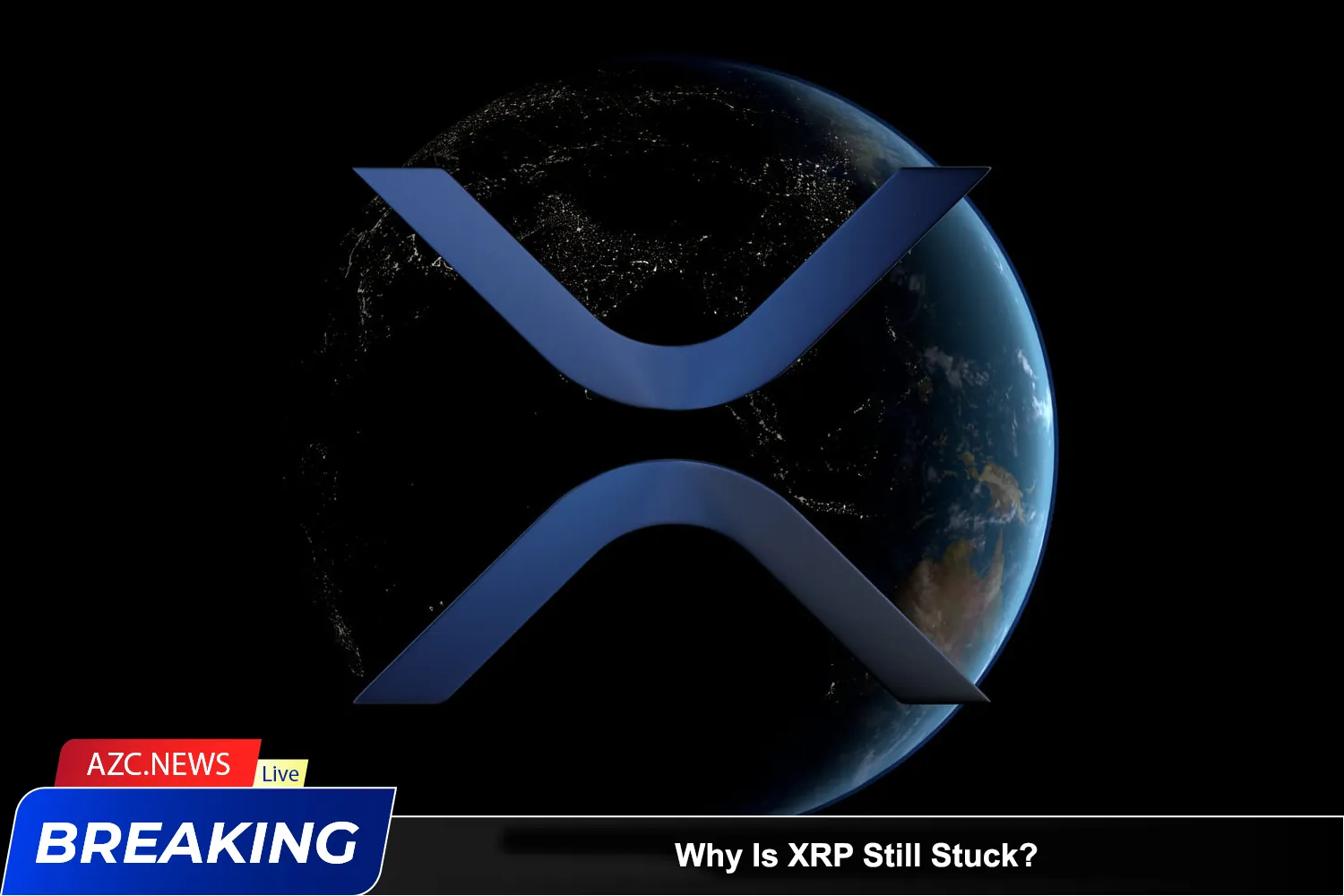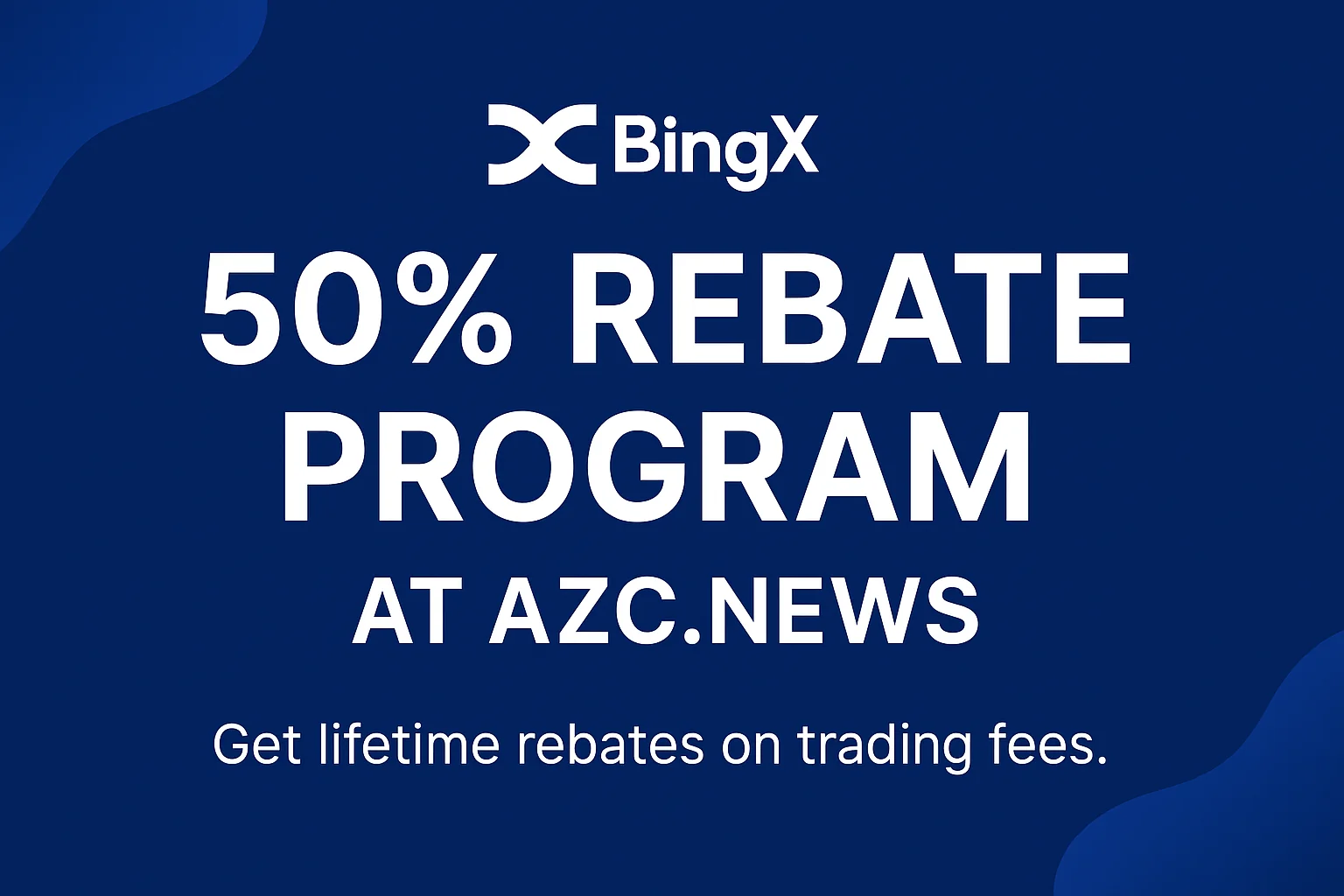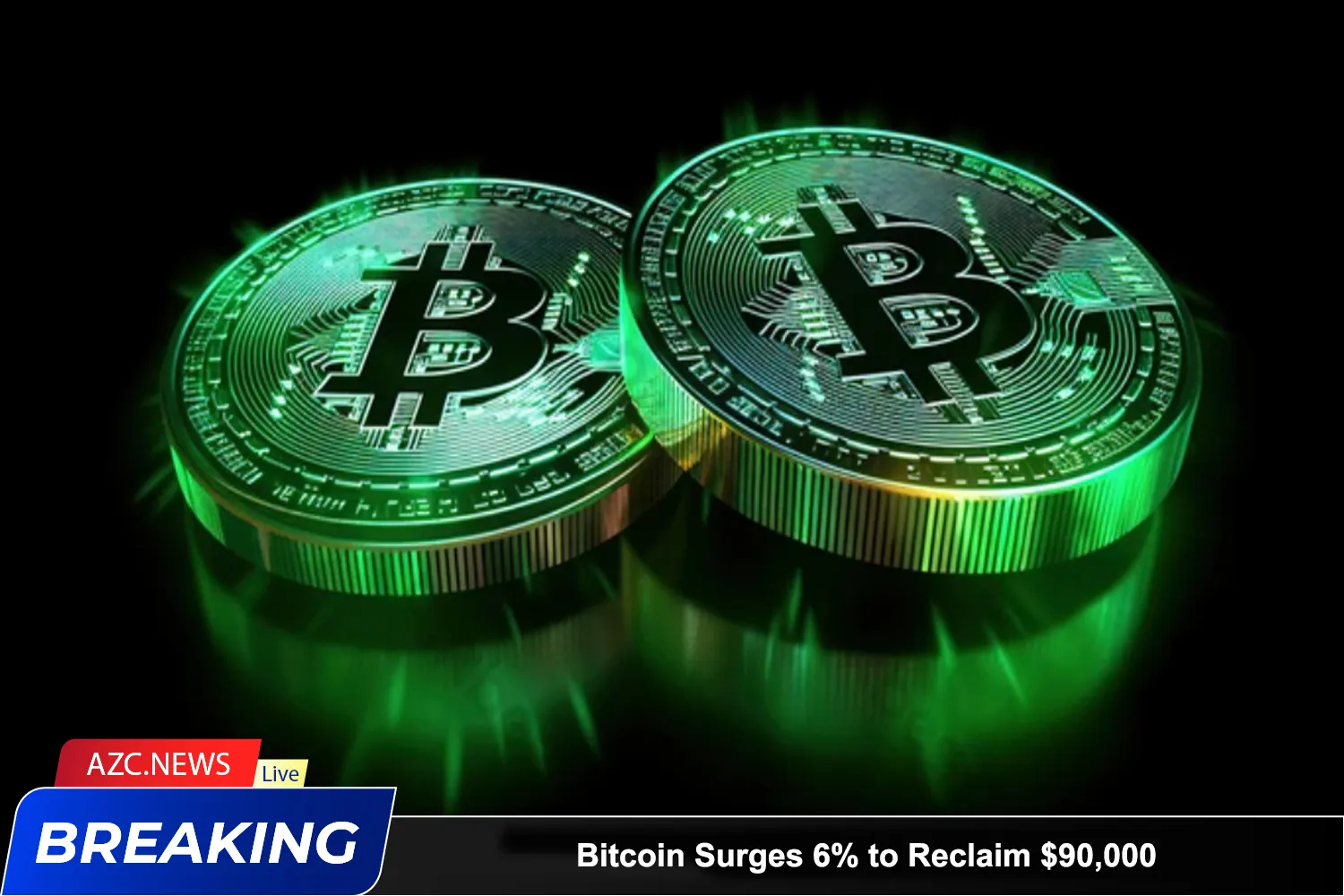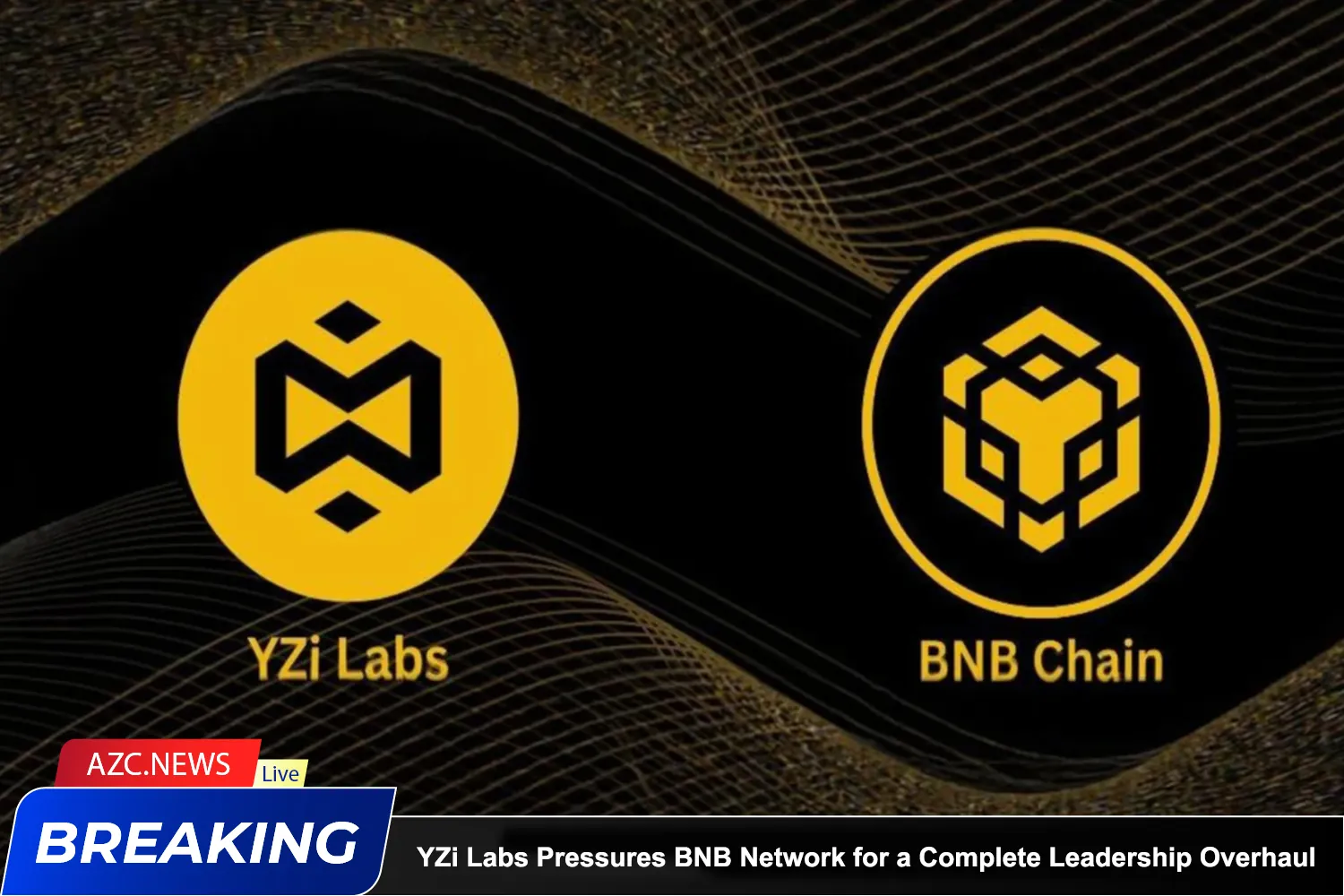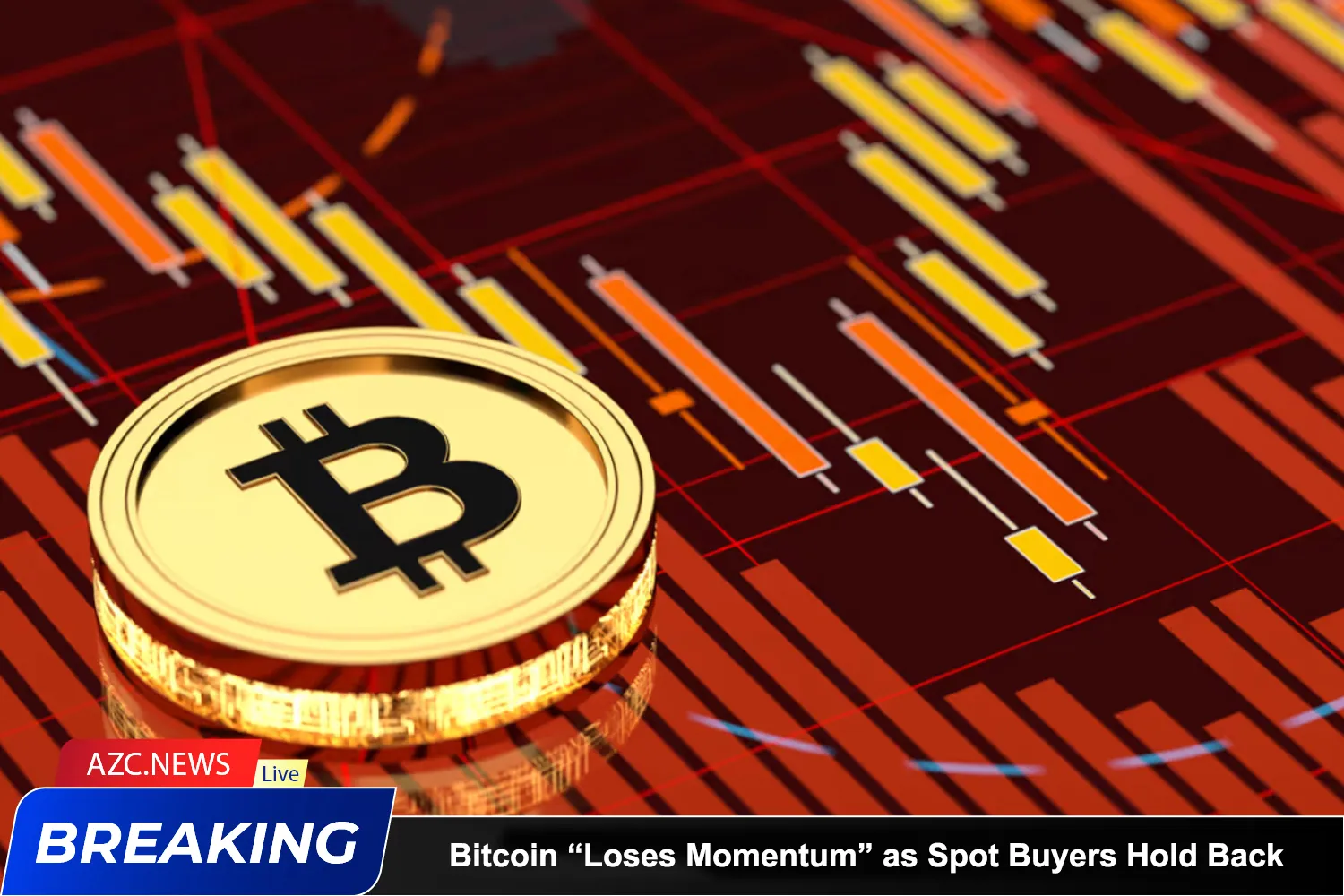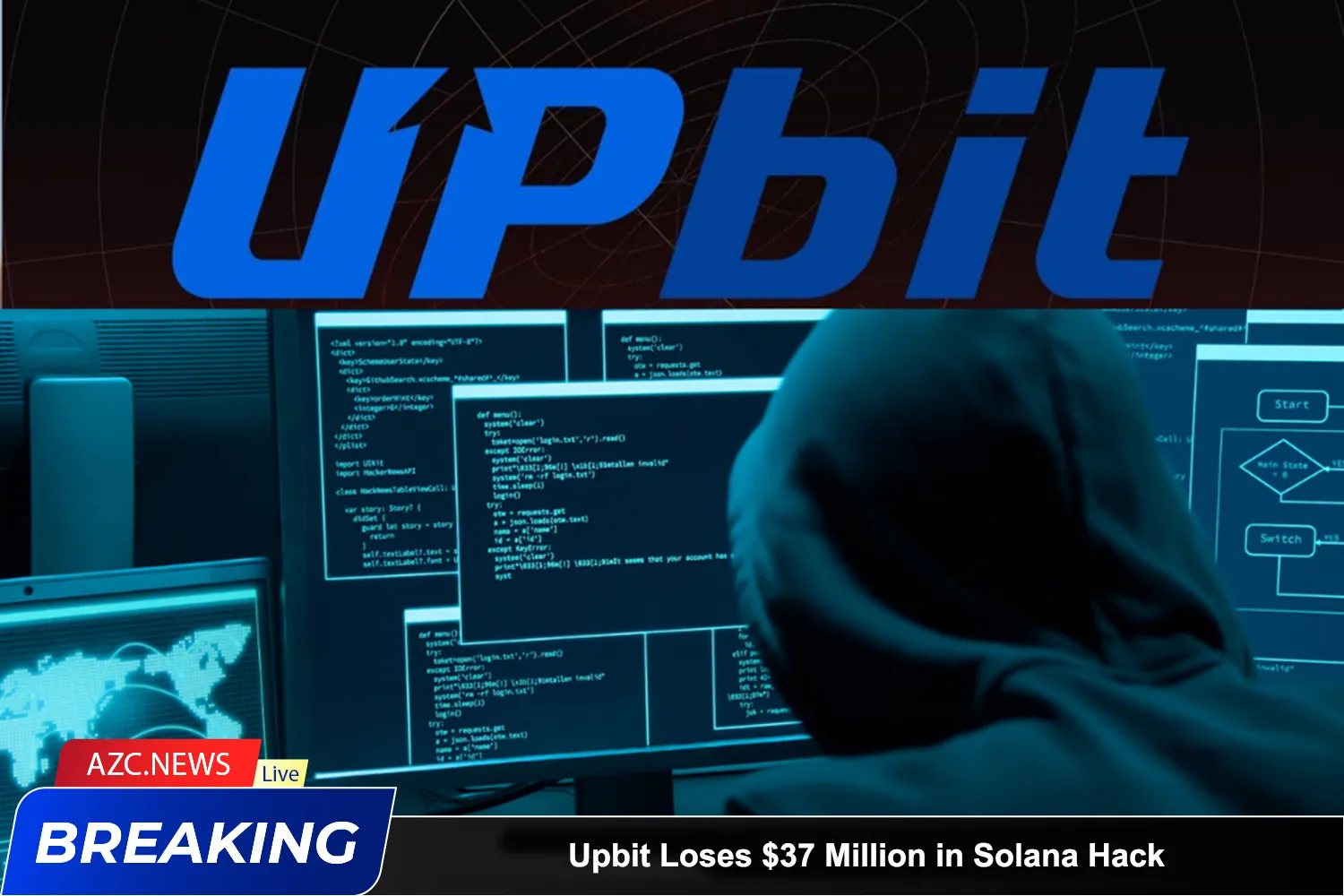Since its rally in November 2024, XRP has struggled to break out, leaving investors questioning what’s holding it back. According to analyst José Luis Cava, the answer lies in one word: control.
Ripple Still Holds the Majority of XRP Supply
Unlike Bitcoin or Ethereum, which are gradually mined over time, XRP was fully pre-mined with a fixed supply of 100 billion tokens from the outset. Ripple Labs initially held 80% of this amount and still controls around 42% as of mid-2025.
Of that, approximately 35% is locked in monthly escrow contracts, and 7% remains in Ripple’s wallets. Each month, Ripple can release up to 1 billion XRP into circulation, giving it significant influence over supply and, consequently, price dynamics.
Cava warns that this level of control means XRP’s market movements no longer reflect natural supply and demand.
“A single hand can steer XRP’s price—and that worries me,” he said.
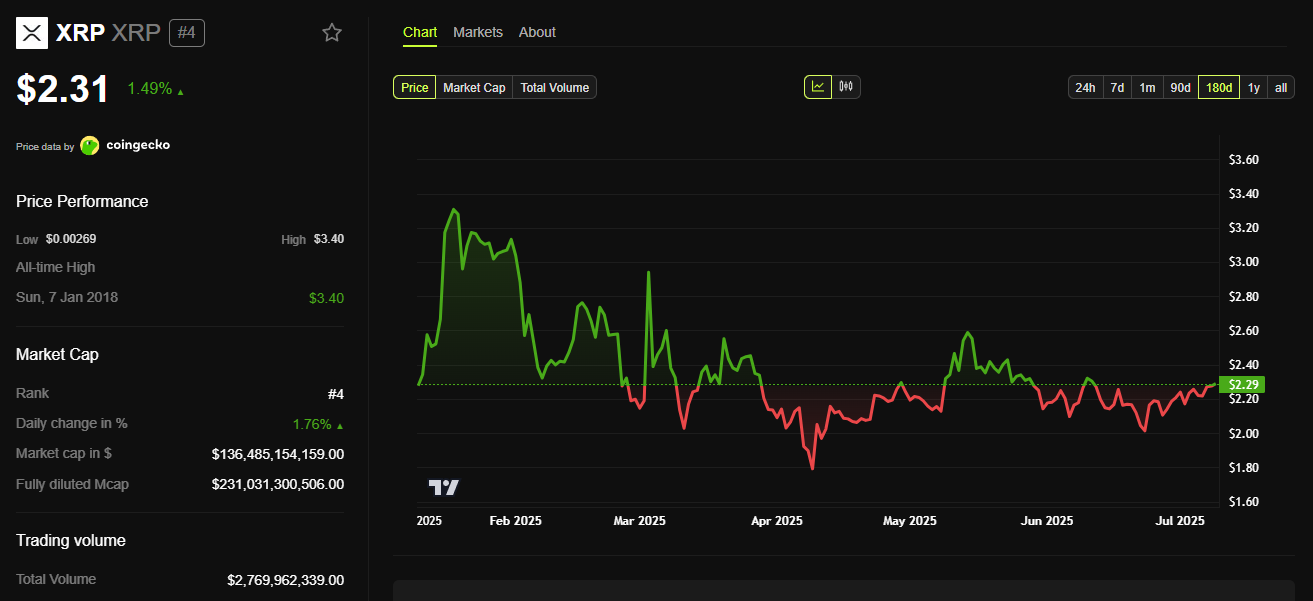
Despite being designed for fast, low-cost cross-border transactions—a key advantage for banks and financial institutions—XRP has failed to attract institutional interest on the scale of Bitcoin or Ethereum.
According to Cava, the lack of transparency in Ripple’s deals with central banks and unclear real-world use cases has made large investors cautious.
“Look at XRP’s chart—it spiked in November 2024, then moved sideways. That’s not a healthy trend,” he noted, contrasting it with Bitcoin’s clear upward trajectory.
Another source of concern is XRP’s dual-ledger architecture. While the public XRP Ledger is open and transparent, Ripple has reportedly developed a separate, permissioned ledger for central banks exploring central bank digital currencies (CBDCs). This private ledger is closed to the public and operates independently.
Because it cannot be audited publicly, this private network raises transparency concerns in a crypto market where openness and decentralization are key to investor trust.
XRP May Stay Range-Bound Without Structural Change
While XRP continues to function technically as intended, structural issues—centralized token control, limited demand, and opaque operations—are weighing on its growth potential.
Unless Ripple decentralizes token distribution and increases transparency, or unless a new wave of institutional adoption emerges, XRP is likely to remain stuck in a sideways trend.

